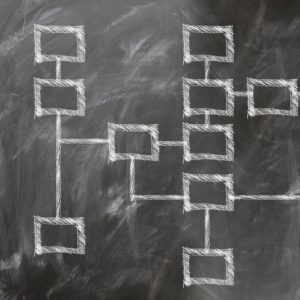|
Getting your Trinity Audio player ready...
|
When addressing the question of where autism fits into the Church, it has been said – and rightly so – that inclusion is not just a special project, but rather, should be something that flows from the top down. For this to be authentic, then autistic people need to be included in the leadership of that community.
While this is easily said, it is not something that is easily attainable. How so?
When we look at the question of how autistic people can have more representation in decision-making, the first step is to ask what is meant by leadership. People normally think of the leader as the one on top, the one who is in charge. That is one kind of leadership, but not the only one. Let us use The Lord of the Rings as an example. Aragorn is the one destined to be king. He gradually moves into that role. However, Gandalf also exercises a great deal of leadership though he is not a king or ruler in the usual sense. As a wizard, he is an outsider – not man, elf, dwarf or hobbit; yet all recognize his wisdom and discernment, his prophetic leadership (if you will).
As a rule, autistic people do better in Gandalf’s role than in Aragorn’s. But that requires a culture that values that kind of insight and prophetic speech and therefore values those who have such gifts. In a parish, the pastor may ultimately be in charge, but others also exercise other kinds of leadership. Deacons lead in one particular way. The parish council is meant to exercise another kind of leadership as an advisory group to the pastor, assisting in forming the parish vision and in discerning how best to implement it. All of this requires an openness from the pastor and the parish as a whole for collaborative leadership, and a focus on the individual gifts of each participant, rather than defaulting to pre-defined ideas of what “leadership” roles should be.
Autistic people are very well-suited to act as advisors and consultants to those in roles of parish and diocesan decision-making. This is one way in which we can exercise a kind of leadership that is consistent with our autistic nature, valuing the gifts we bring rather than requiring us to conform to the system already in place (which, many times, excludes people like us). A first step toward inclusion at the leadership level, then, is to invite autistic input at every level, starting with the roots – that our ideas and needs may permeate whichever entry point our comfort level may be, and be championed upward from there.

